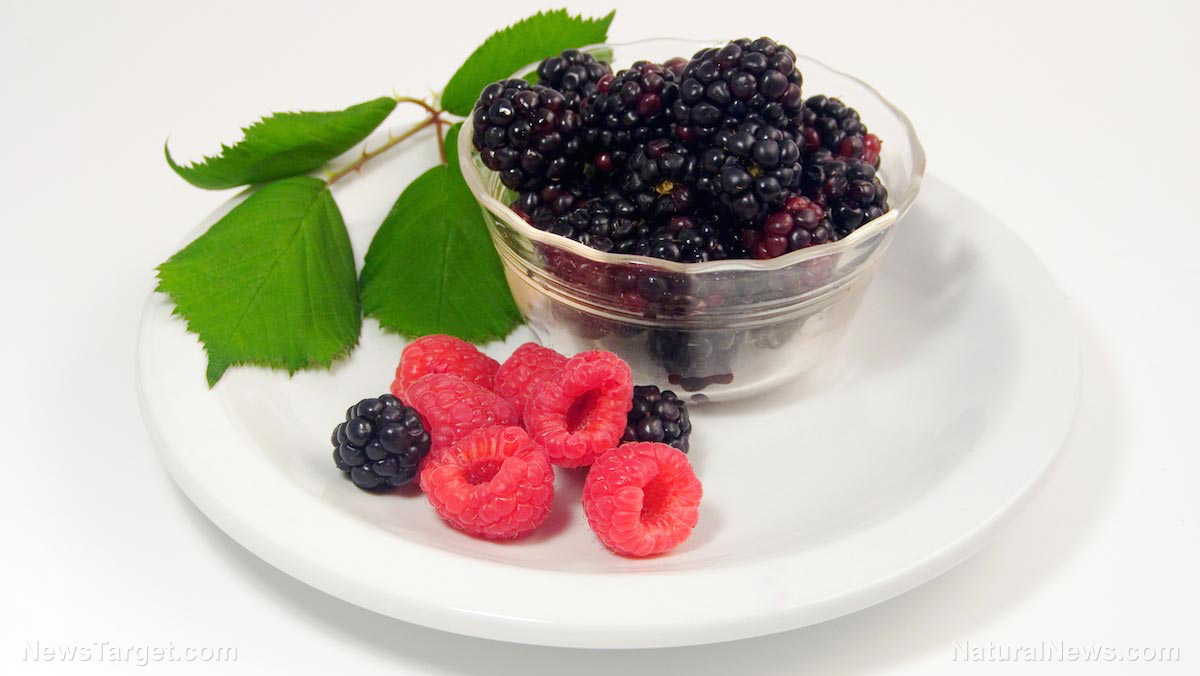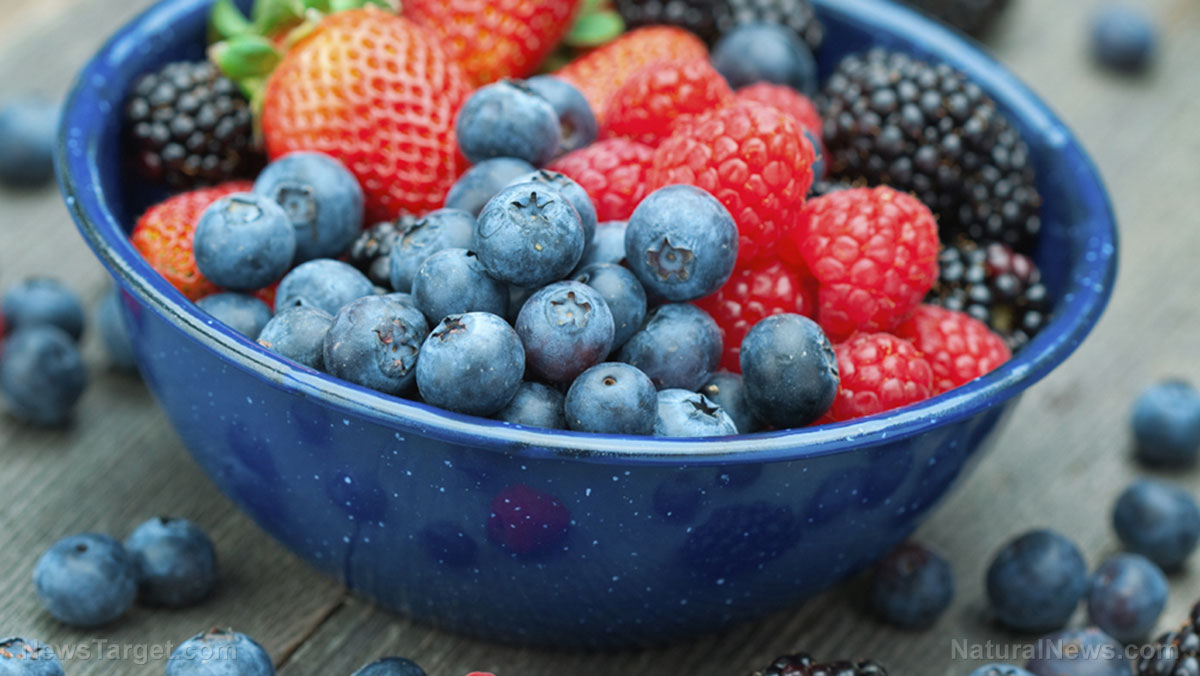
What if you could replace all the pills in your medicine cabinet with just one herb? Depending on what you take and why, that may be possible with turmeric. Its main component, curcumin, boasts enough health-enhancing properties to keep pharmaceutical execs up at night.
In fact, this herb is so powerful that it has been at the heart of more than 12,000 peer-reviewed biomedical studies. Researchers have found more than 800 different therapeutic and preventive uses for curcumin. Here is a look at just a few of the drugs to which it compares favorably, as outlined by Green Med Info.
Metformin (for diabetes)
Diabetes numbers continue to climb as Americans grapple with obesity, and that means more and more people are taking Metformin – and taking on its scary risks as well. However, a study in the journal Biochemistry and Biophysical Research Community found that curcumin has value in treating diabetes; it is between 500 and 100,000 times more powerful than Metformin when it comes to activating AMPK, which raises glucose uptake. Studies have also shown that it has a 100 percent efficacy rate in preventing those with pre-diabetes from developing full-fledged diabetes.
Lipitor (for cholesterol)
A 2008 study revealed that curcumin compares favorably to atorvastatin, which you may know as Lipitor, when it comes to dealing with the endothelial dysfunction behind atherosclerosis while reducing inflammation and oxidative stress. Other studies have shown that it can impact triglyceride levels, LDL cholesterol, and total cholesterol. While most of the studies so far have been done in animals, it is believed that it could have the same effect in humans, although the right levels have yet to be established.
The power of the elements: Discover Colloidal Silver Mouthwash with quality, natural ingredients like Sangre de Drago sap, black walnut hulls, menthol crystals and more. Zero artificial sweeteners, colors or alcohol. Learn more at the Health Ranger Store and help support this news site.
Prozac (for depression)
A study in 2011 found that curcumin compares favorably to the antidepressants fluoxetine (Prozac) and imipramine when it comes decreasing depressive behavior. Best of all, it doesn’t carry the serious side effects that Prozac does, which include sleep problems, tremors, headaches, nausea, a lower sex drive, and suicidal ideation. In addition, it’s well-tolerated by patients.
Researchers believe it works on depression by inhibiting monoamine oxidase, the enzyme that has been linked to depression when it’s present in high amounts in the brain. It also raises levels of calmness-inducing serotonin and dopamine.
Oxaliplatin (for chemotherapy)
A study published in the International Journal of Cancer looked at curcumin’s effects in stopping colorectal cell lines from proliferating. The researchers discovered the herb compared favorably to the chemotherapy drug oxaliplatin. Other studies are underway exploring the impact curcumin has on various types of cancer after animal studies showed it could help prevent illnesses like skin, stomach and colon cancer in rats.
Anti-inflammatory medications
Curcumin is also great for inflammation, which is at the root of many chronic illnesses today such as cancer, metabolic syndrome, Alzheimer’s disease, degenerative diseases, and heart disease. A study published in Oncogene identified it as an effective alternative to drugs like ibuprofen, aspirin and naproxen given its strong anti-inflammatory effects, fighting inflammation at the molecular level. Meanwhile, in a study of patients with rheumatoid arthritis, curcumin worked even better than anti-inflammatory drugs.
Curcumin is so effective at addressing such a vast array of conditions that it’s hard to discuss it without sounding like you’re exaggerating. However, turmeric is truly “food gold” and it’s something well worth making a conscious effort to consume more of. You might not be ready to clean out your entire medicine cabinet, but that doesn’t mean you can’t start adding this spice to your food. It pairs well with a variety of dishes, soups, salads, stews, and smoothies; consuming turmeric with fats is ideal, and make sure you add a pinch of pepper to boost its bioavailability.
Sources for this article include:

